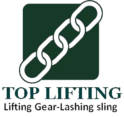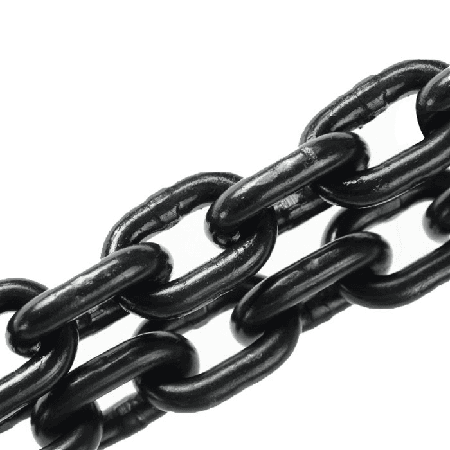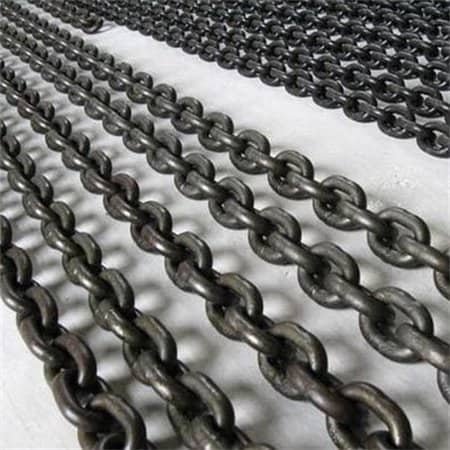A Comprehensive Guide to Types of Lifting Slings and Their Differences
Lifting slings play a critical role in various industries, including construction, manufacturing, and logistics. These versatile tools are designed to lift, secure, and transport loads safely and efficiently. With multiple types of lifting slings available, each tailored to specific applications and environments, it’s essential to understand their characteristics and differences to make the best choice for your needs.
Common Types of Lifting Slings and Their Characteristics

| Lifting Sling | Material | Characteristics | Suitable Applications |
| Synthetic webbing/round slings | Polyester | Lightweight, soft, non-abrasive to surfaces, corrosion-resistant, color-coded for load capacity | Ideal for protecting delicate surfaces like glass or coated metals. |
| Chain Slings | Alloy steel(G80, G100) | High strength, impact-resistant, heat-resistant, long service life | Heavy lifting in high-temperature or complex environments, such as metallurgy. |
| Wire rope Slings | High-strength Steel | High strength, excellent tensile performance, abrasion-resistant, suitable for harsh environments | Heavy industries such as construction, mining, and shipbuilding. |
Key Differences Between Lifting Slings
- Material Characteristics
- Synthetic web slings: Soft, lightweight, corrosion-resistant.
- Wire rope slings: Durable, wear-resistant, high tensile strength.
- Chain slings: High strength, heat-resistant.
- Load Capacity
- Chain slings > Wire rope slings > Synthetic web slings.
- Environmental Adaptability
- Synthetic web slings: Suitable for clean environments.
- Wire rope and chain slings: Suitable for harsh working conditions.
- Safety Performance
- Chain slings offer the highest safety factors, which is ideal for high-risk operations.
- Synthetic web slings are better at protecting the load.
- Cost and Maintenance
- Chains and wire ropes: Higher initial cost but longer lifespan and lower maintenance.
- Synthetic web slings: These are moderately priced but require careful handling to avoid wear and corrosion.
How to Choose the Right Lifting Sling
- Load Type
- Select slings based on the weight and shape of the object to be lifted.
- Working Environment
- Use corrosion-resistant synthetic web slings for chemical or humid conditions.
- Opt for chain slings in high-temperature environments.
- Frequency and Durability
- For frequent use, wire rope or chain slings are more suitable.
- Natural fiber slings can be used for temporary needs.
- Safety Factor
- Ensure the working load limit (WLL) and safety factor meet standard requirements.
Proper Usage and Maintenance
- Pre-use Inspection: Check slings for wear, corrosion, or breakage.
- Proper Storage: Avoid storing slings in humid, chemical, or extreme temperature environments.
- Regular Maintenance: Apply anti-rust oil to wire ropes and check chain components for looseness.
- Avoid Overloading: Always adhere to the maximum load limits.
Conclusion
Different types of lifting slings have unique characteristics and suitable applications. When choosing a sling, consider factors such as load type, working environment, usage frequency, and safety requirements. By selecting and using the right sling, you can ensure efficient lifting operations while maximizing safety for both personnel and equipment.


